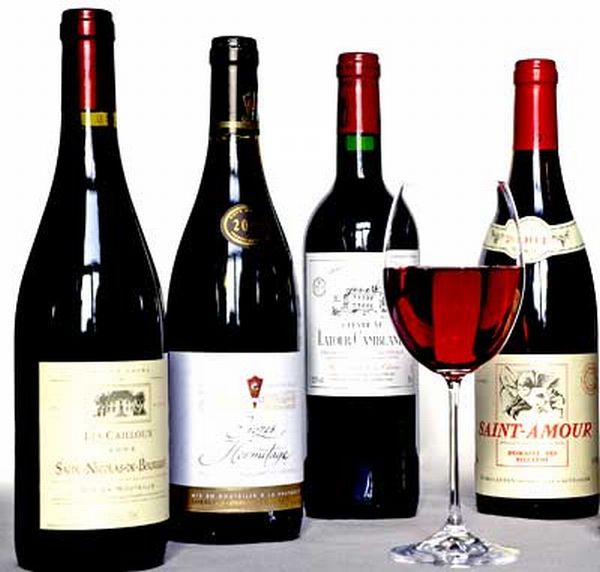There is a tendency among lazy amateur winemakers to sprinkle dried yeast on a must (pulp) and leave it to get on by itself. Usually, the fermentation process will eventually start. Now and then it is possible that you can strike a dud yeast & fermentation won’t start at all, or else is very slow and may even pack up for no apparent reason. Winemakers seeking to achieve the very best quality wine always activates the yeast first. Recent research in California and Australia recommends the preparation of a starter equal to 5 % of the must to be fermented. In 5 litres, (1 gallon) that is 225ml (8 fl oz), in a 23-litre (5-gallon) batch you should use at least 1.2 litres (2pints) of starter.

Dried yeasts are best rehydrated in plain water at relatively high temperature of 38°—43°C (100°—110°F). It is interesting to note that our forebears always activated bakers’ yeast in tepid water or at ‘body temperature’. The reason for this is now understood, but the explanation is technical and not necessary here. Although plain water is recommended, a well-diluted grape juice also has merit since the start of fermentation process can actually be seen with the consequent assurance that the yeast is alive, well and working. Sometimes only a few hours are needed for the yeast to become active.
At this stage best results are obtained by fermenting white musts at an even temperature, around 13° and 18°C (55° and 64°P), and red musts at 20°—24°C (68°-75°F). More alcohol is produced and the flavour is enhanced.
Summer Wine:
In Australia ’Summer Wine’ is the name that Kaiser Stuhl – (one of the largest wine co—operatives in the world), has given to a sparkling white wine. I find it quite delicious although a shade sweet.
My summer wine is made from the soft fruits of summer. I first l made it in July 1998 when I lived in Kent. I think I have made it every year since then, usually from fruits that I have grown myself. The secret of this baeutiful summer wine is to use as many different types of fruits as you can while not using too many of any single type. Black, red and white currants, gooseberries, raspberries & strawberries, and cherries are excellent for making summer wine.
Ingredients:
- 1.8Kg (4 lb) mixed summer fruits
- 1Kg (1/2 lb) Sugar
- Pectic Enzyme
- 2 Campden tablets
- 4 Litres (7 Pints) Boiling water
- Bordeaux yeast and nutrient
- Saccarin tablets
Method:
Stalk, stone and wash the fruit, mash it with a potato masher, then pout the boiling water over it. Cover and leave to cool.
When the must is cool add as much as is recommended by the manufacturer. It helps to extract the juice and other constituents and ensures a haze—free wine. Also add 1 Campden tablet. Replace cover & leave the bin of fruit & water in a warm place such as the airing cupboard for 24 hours.
The next day, add the ‘active’ yeast with nutrients and ferment the pulp for four days, keeping the fruit cap submerged with a large plate or something similar that will not be affected by the acid. Do not use metal. Strain out and press the fruit dry, mix in the sugar, pour the must into a fermentation jar, top up. Fit an airlock and ferment to dryness. As the wine begins to clear, add the new wine into a clean jar, add 1 Campden tablet, top up, bung tight, label & store for nine months.
Next siphon the wine into bottles making sure to include a saccharin tablet in each one. Previous experience shows that this wine is the more enjoyable if the edge has been taken off the dryness. Store the bottles for a further three months & then serve the wine cold with roast lamb, new peas and new potatoes. Summer wine with summer food, it makes life worth living.
Nick is a wine expert and wine blogger. If this article has whet your appetite for refreshing summer wines then why not pay a visit at www.bordeaux-undiscovered.co.uk

